News 10/16/12
Mount Sinai Queens (NY) implements Epic EMR at its ambulatory care locations, including Family Health Associates, Physician Associates, and the Mount Sinai Queens Cancer program. Mount Sinai Queens will complete its $20 million Epic installation by April 2013.
The American Health Information Management Association (AHIMA) calls for the development of standards for how EHR systems are designed and used. The goal is to create better clinical documentation that does not unwittingly jeopardize physicians by creating incorrect billing codes.
Practices shopping for EHRs need access to a central clearinghouse containing reviews and feedback from users, according to an Institute of Medicine paper. The authors recommend the creation of a central hub, hosted by a government agency or trusted private entity to link various sources of data, including other rating and evaluation Websites.
Patients who feel comfortable accessing and understanding health information online are more willing to adopt a PHR, according to a University of Central Florida in Orlando study. Age, education level, and income are not good indicators of patients’ willingness to use a PHR.
ThedaCare Physicians (WI) selects Phytel’s automated outreach solution to help its employed physicians manage population health.
MED3000 hosted several hundred clients at last week’s National Healthcare Leadership Conference and Users Meeting in St. Thomas, USVI. Keynote speakers included former Highmark CEO Kenneth Melani, MD and the CEO of the California Association of Physician Group Stephen Jones.
SRS CEO Evan Steele reports that his company’s User Summit last week in Woodcliff Lake, NJ was the “best yet by far.” He also forwarded a few quotes from customers who expressed appreciation for the staff’s responsiveness and ability to have a good time, as well as for the wealth of information the conference provided.
University of Louisville Physicians (KY) launches a new Website that was developed by DBS Interactive and includes health library content from A.D.A.M Medical Encyclopedia.
Alaska Imaging Associates (AK) selects eRAD PACS for its seven-physician practice.
I am sure that a number of EHR vendors are attempting to capitalize on Allscripts’ recent decision to migrate clients from its MyWay product to the Pro solution. Kudos to Meditab Software for the clever title of its sales initiative: MyGration.
Billing and collections provider Asterino & Associates (AZ) contracts with ClearDATA Networks for its cloud-hosted services.
A Springfield (MO) radiology practice blames its janitorial service for inadvertently sending paper billing records to a recycling center without first shredding the documents. The 19-provider group has notified its potentially affected patients.
The local paper profiles Dreyer Medical Clinic and its 18 month-old eVisits program. The clinic claims that seventy percent of patients who have already taken advantage of the $30 eVisits say they’d use the service again.

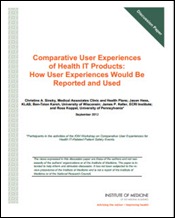


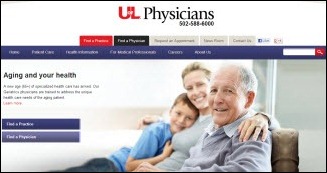


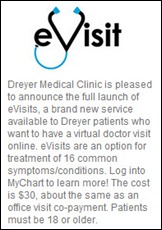


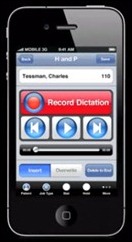
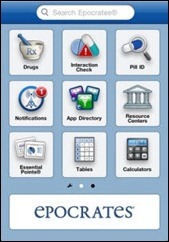
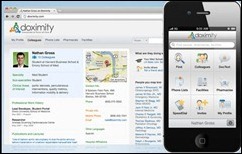

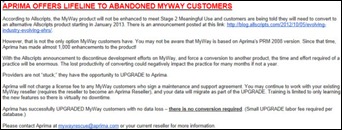
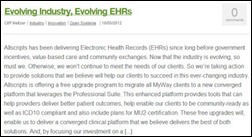
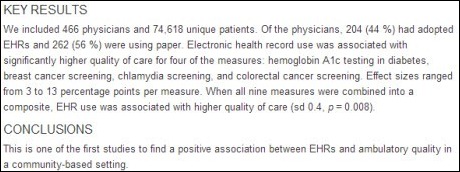
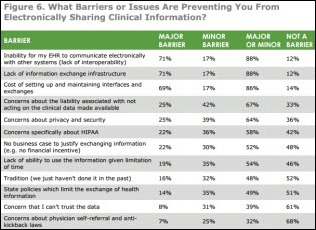
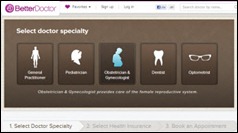

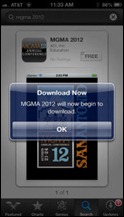
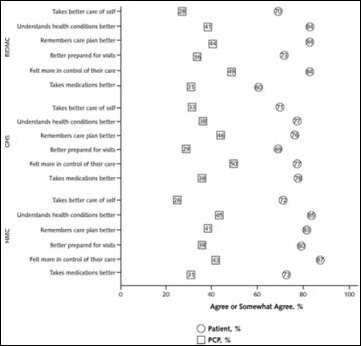

The article about Pediatric Associates in CA has a nugget with a potentially outsized impact: the implication that VFC vaccines…